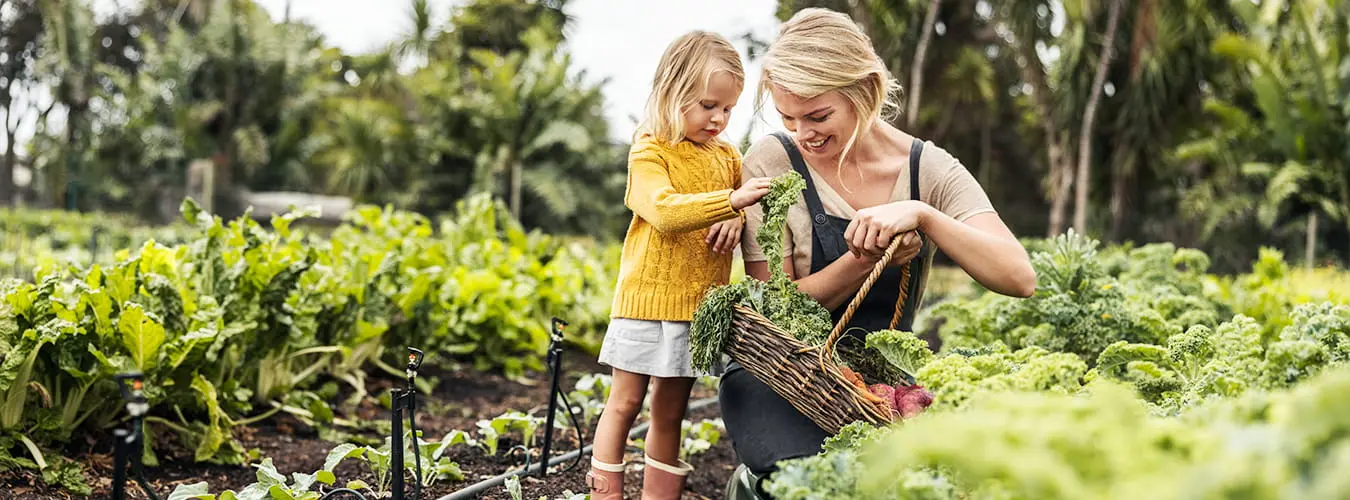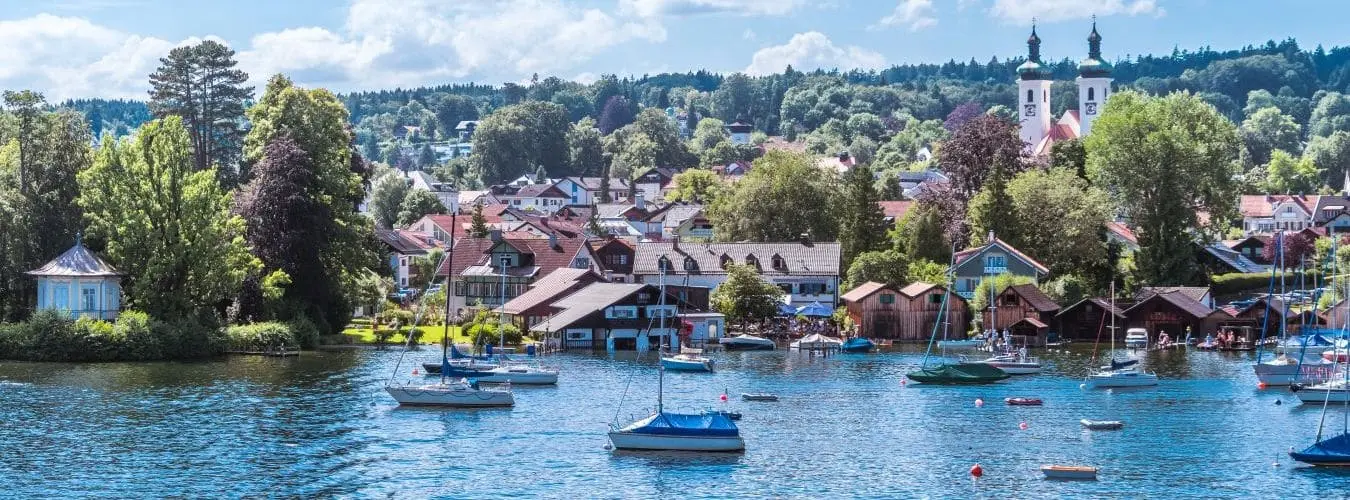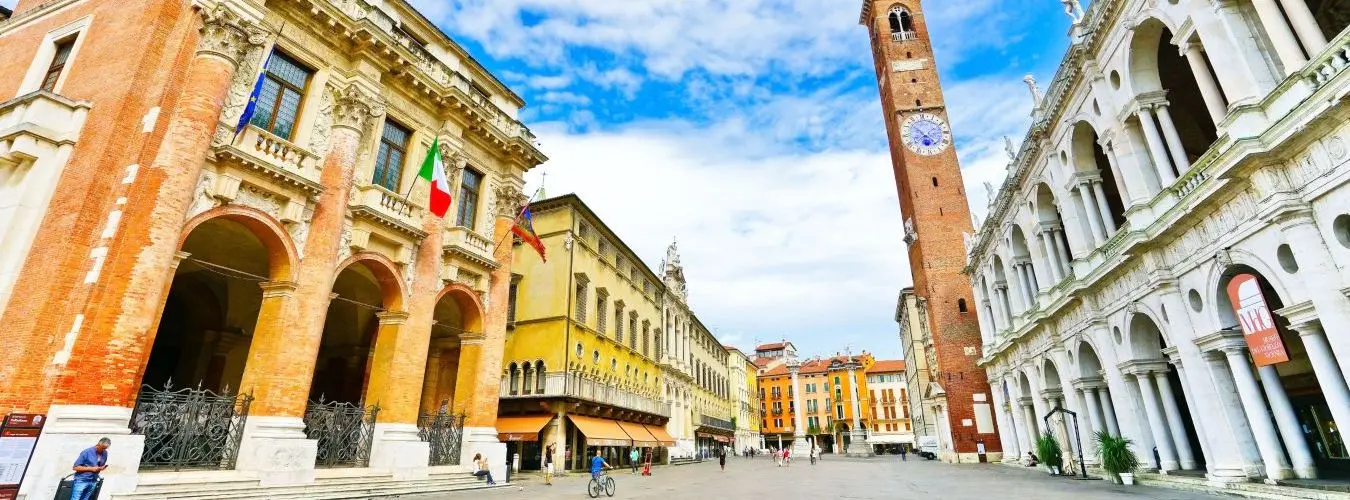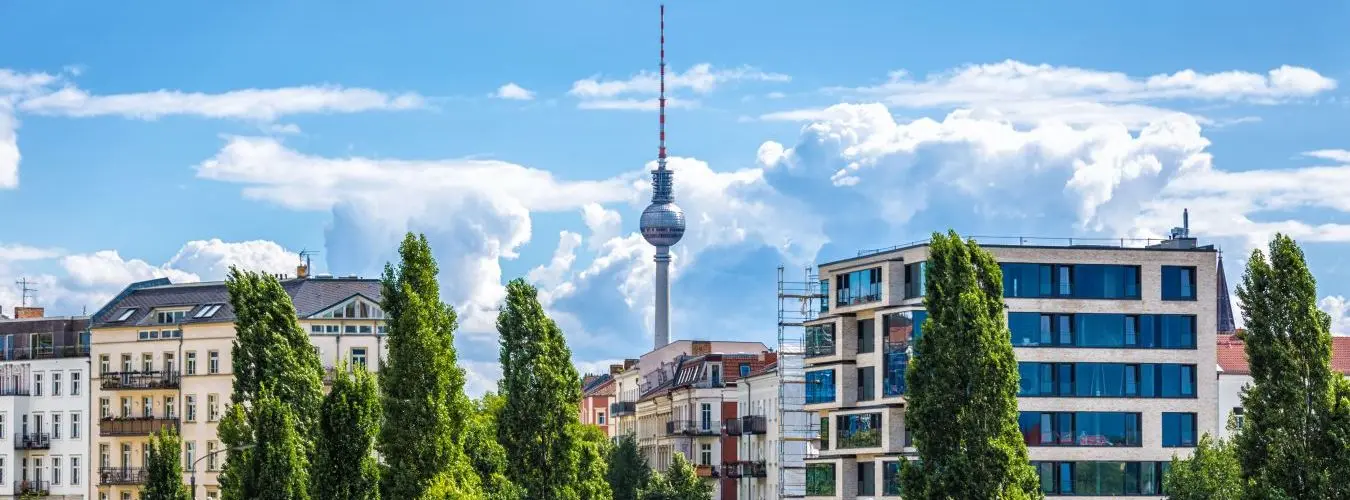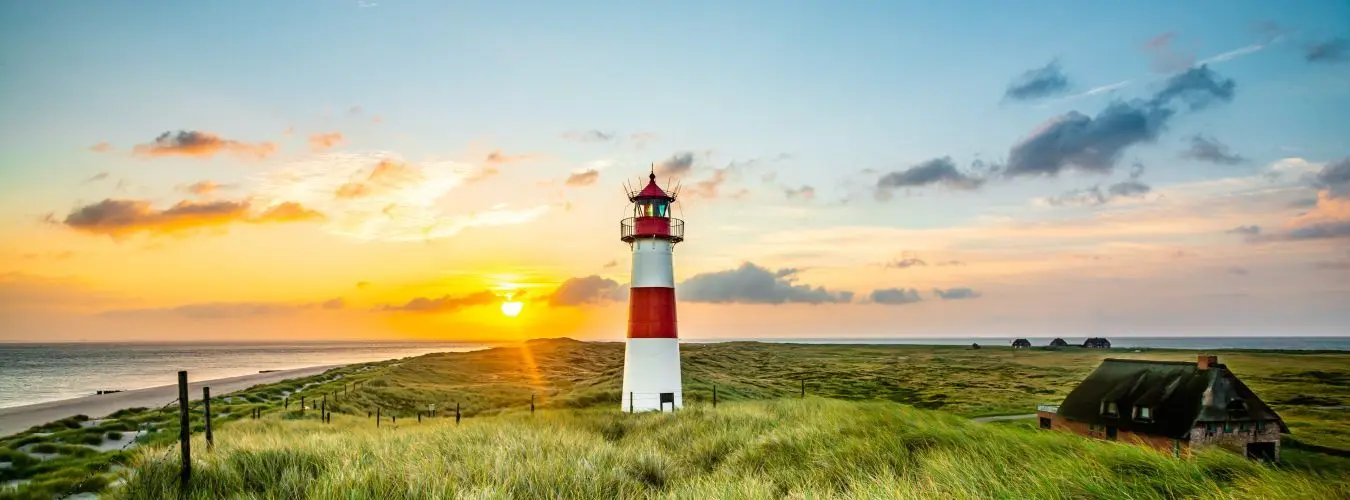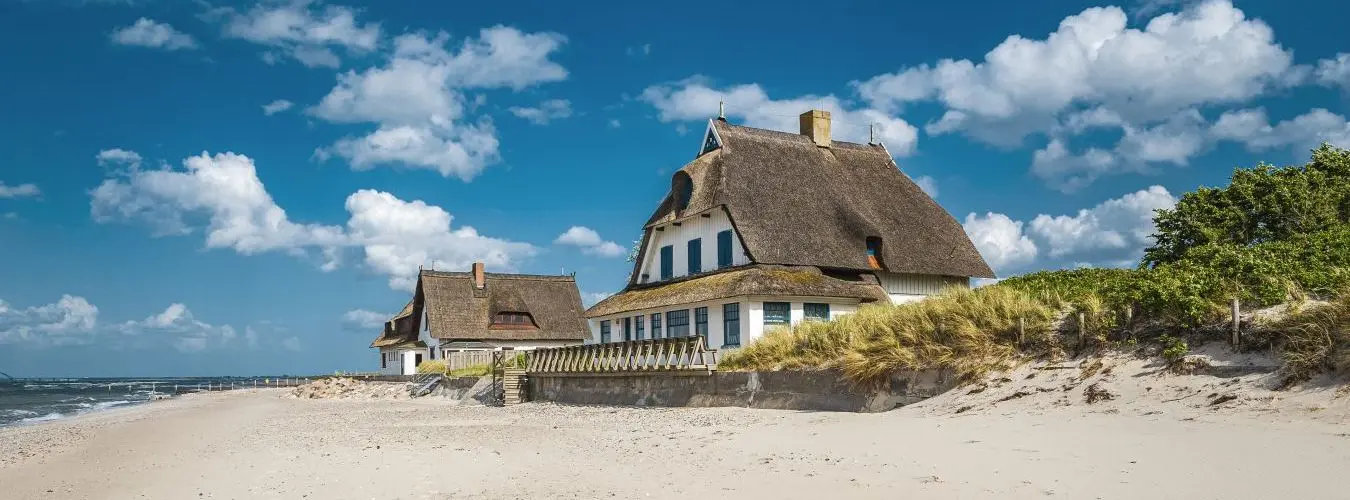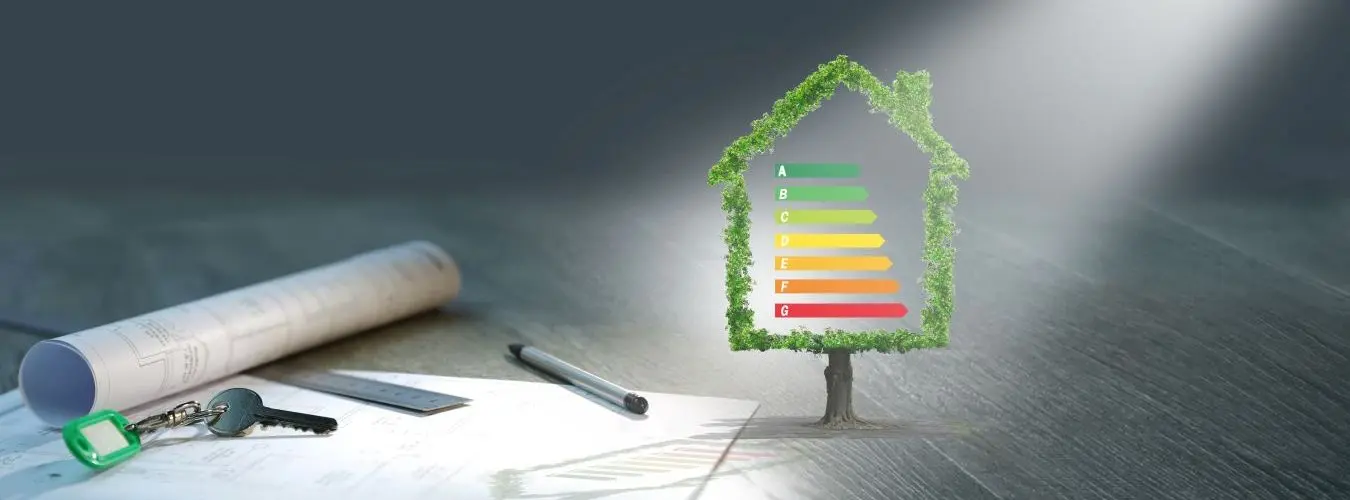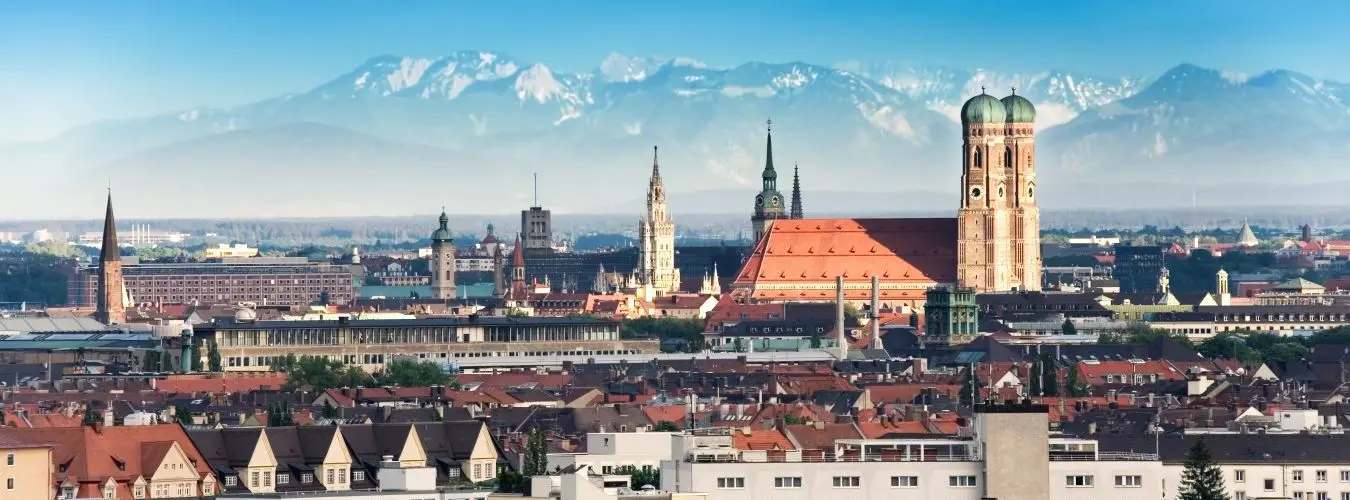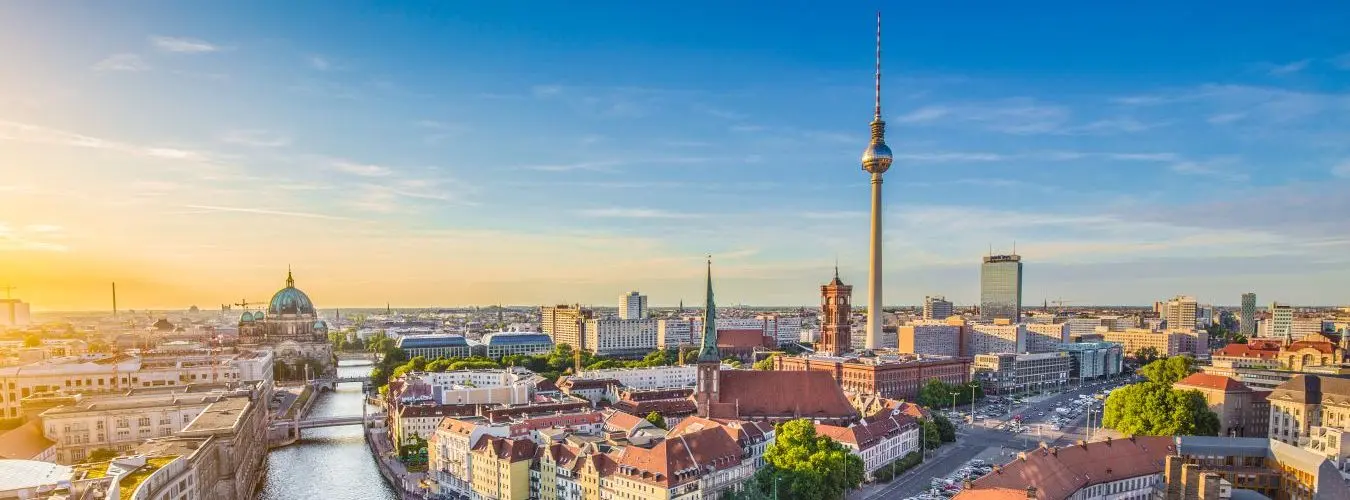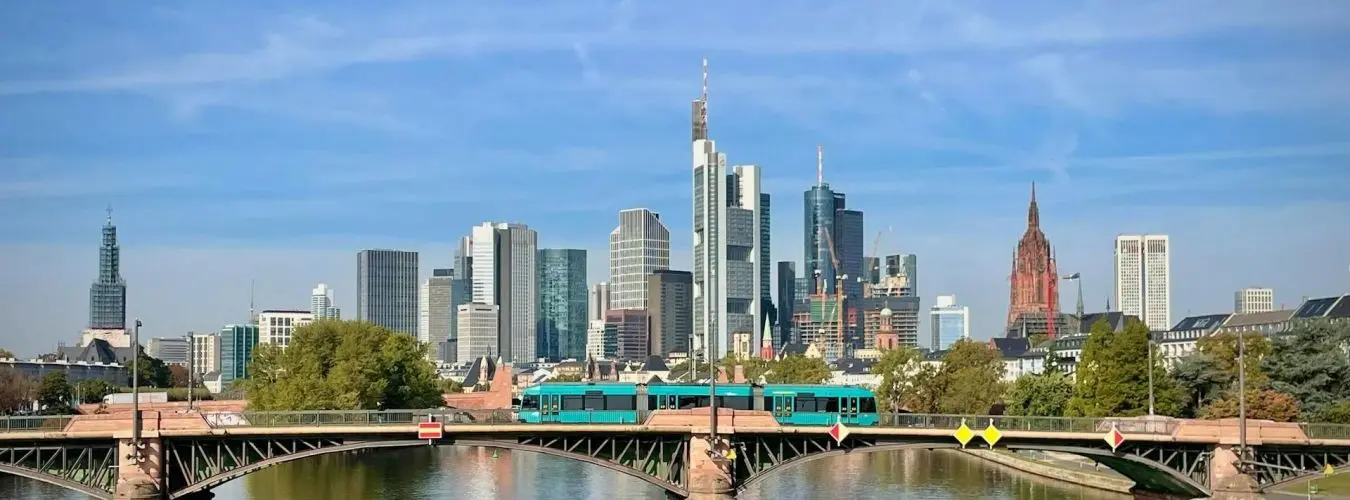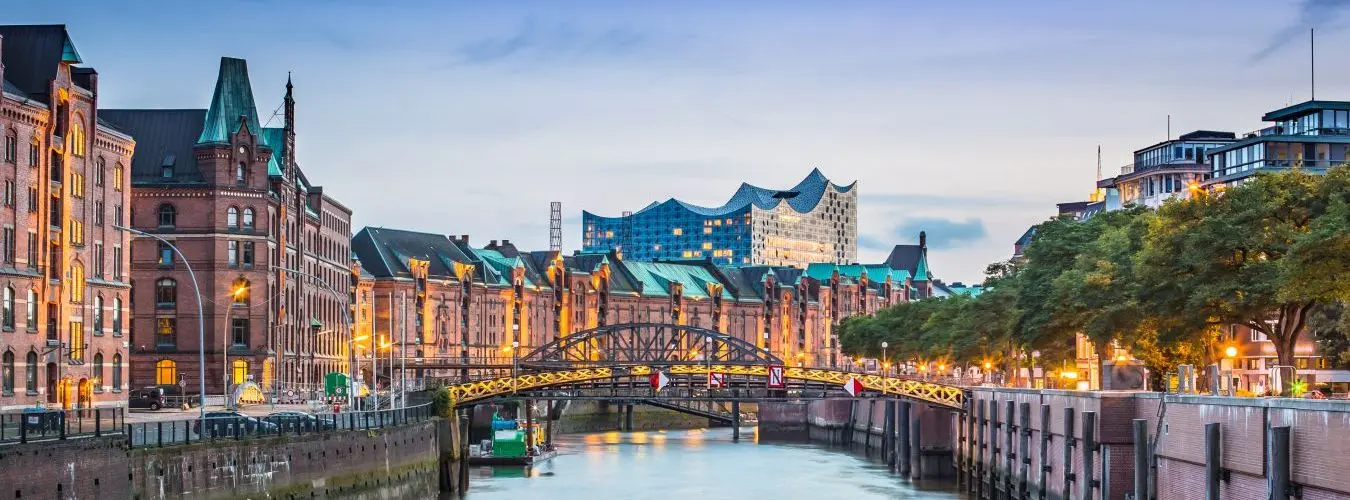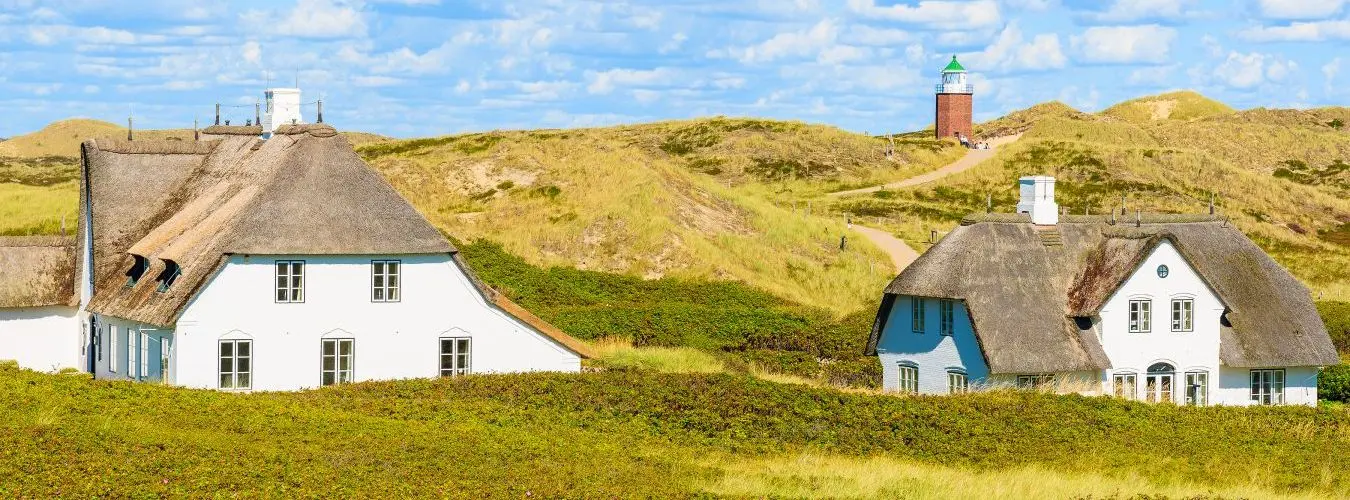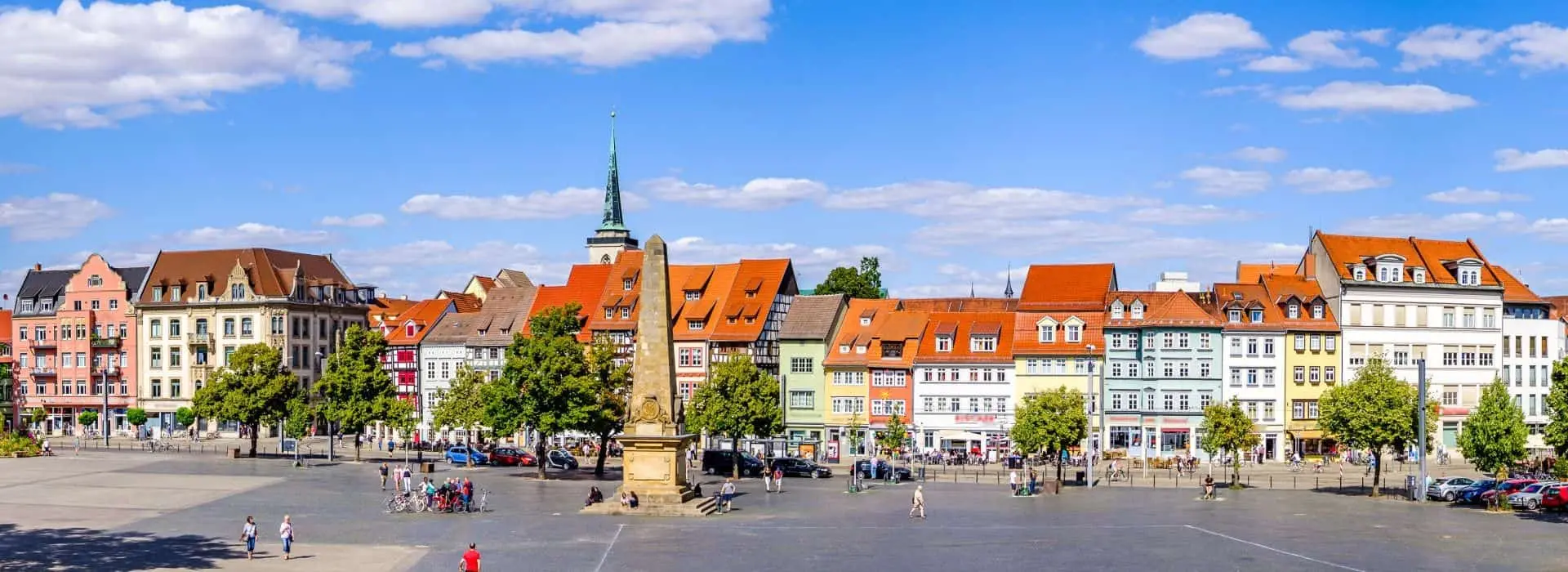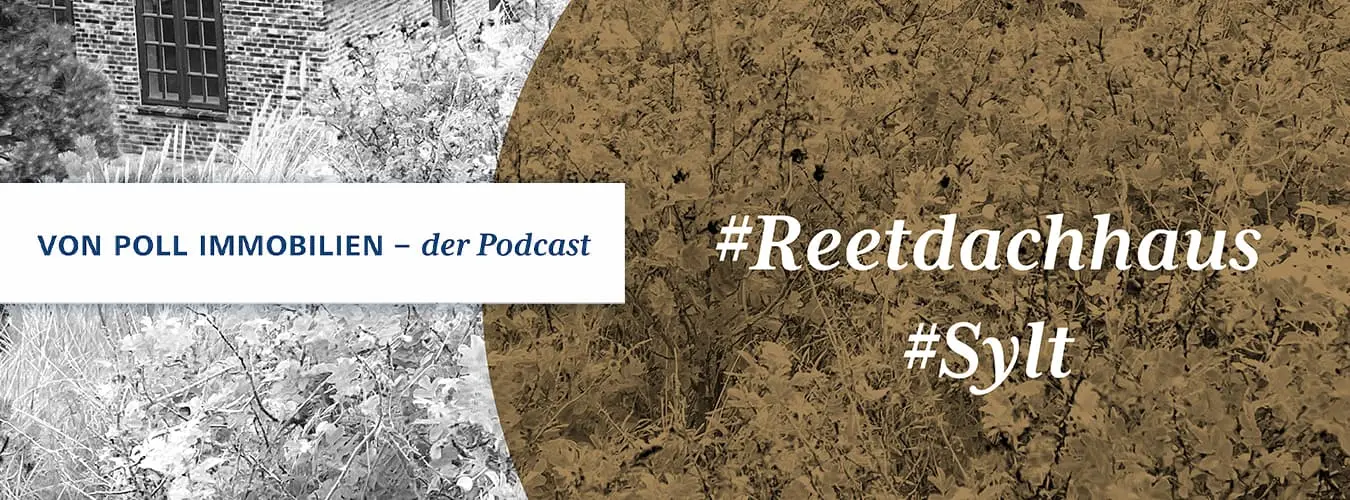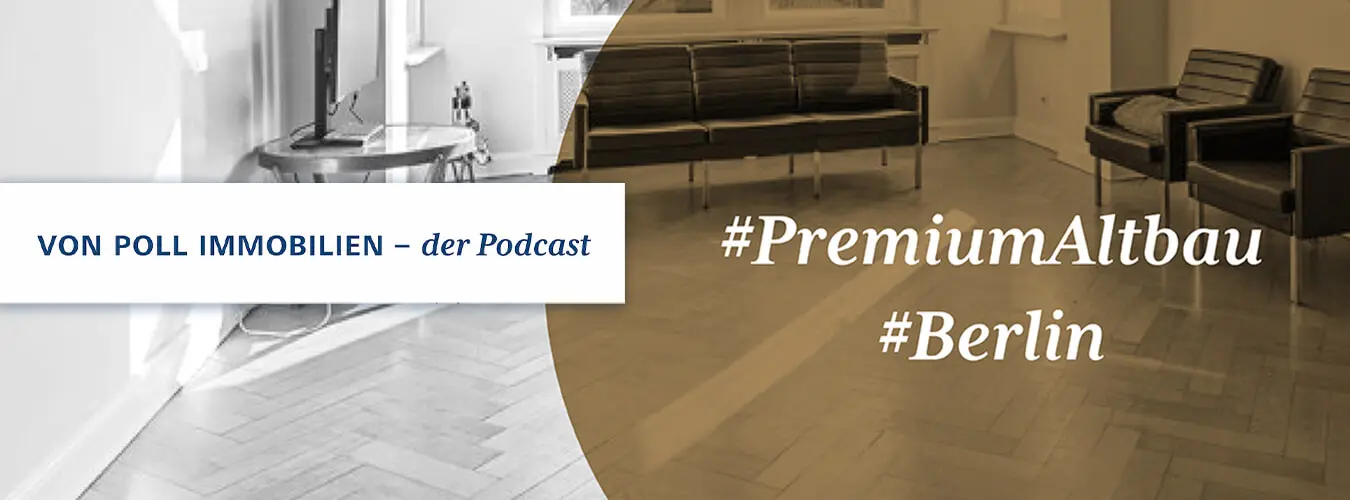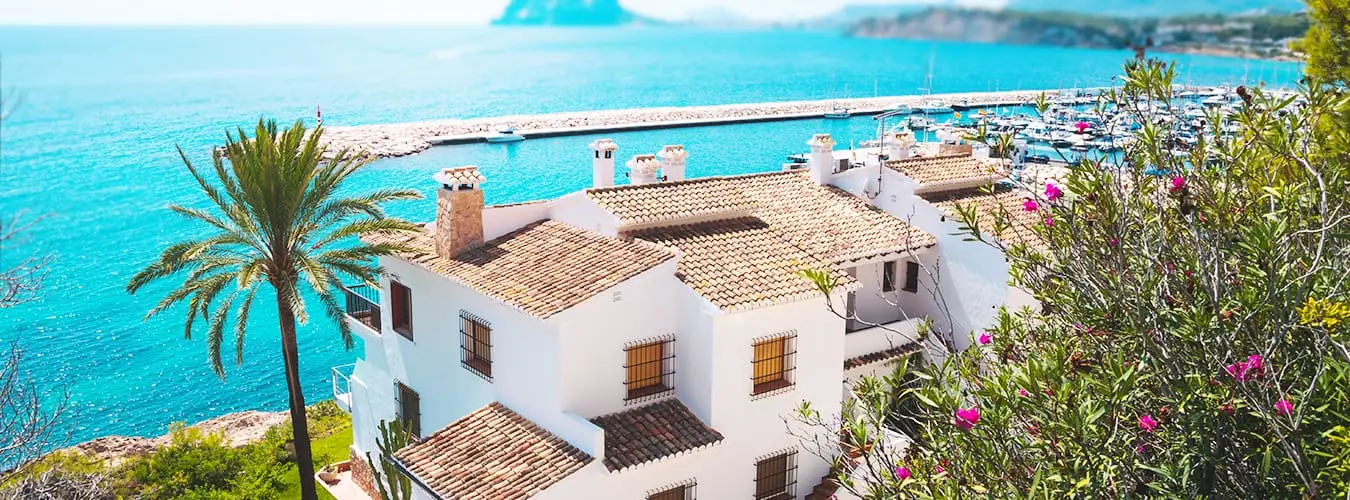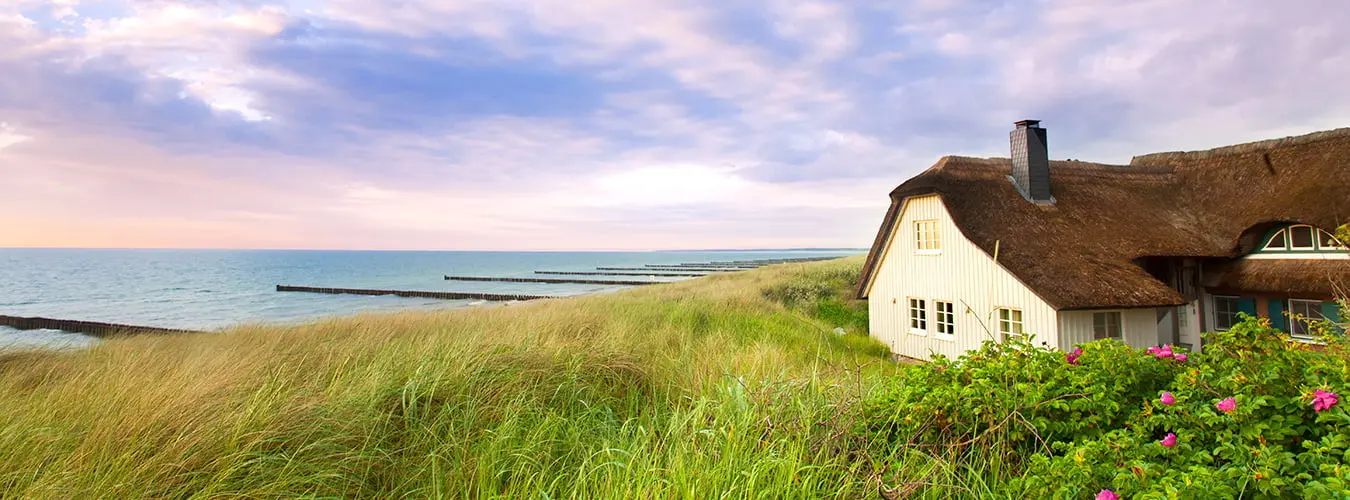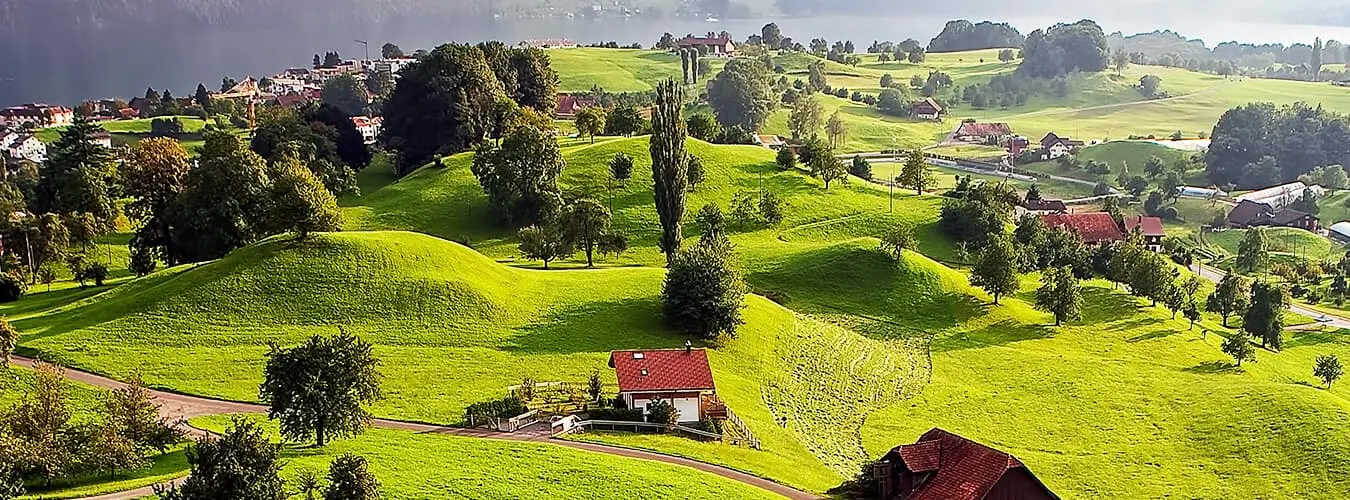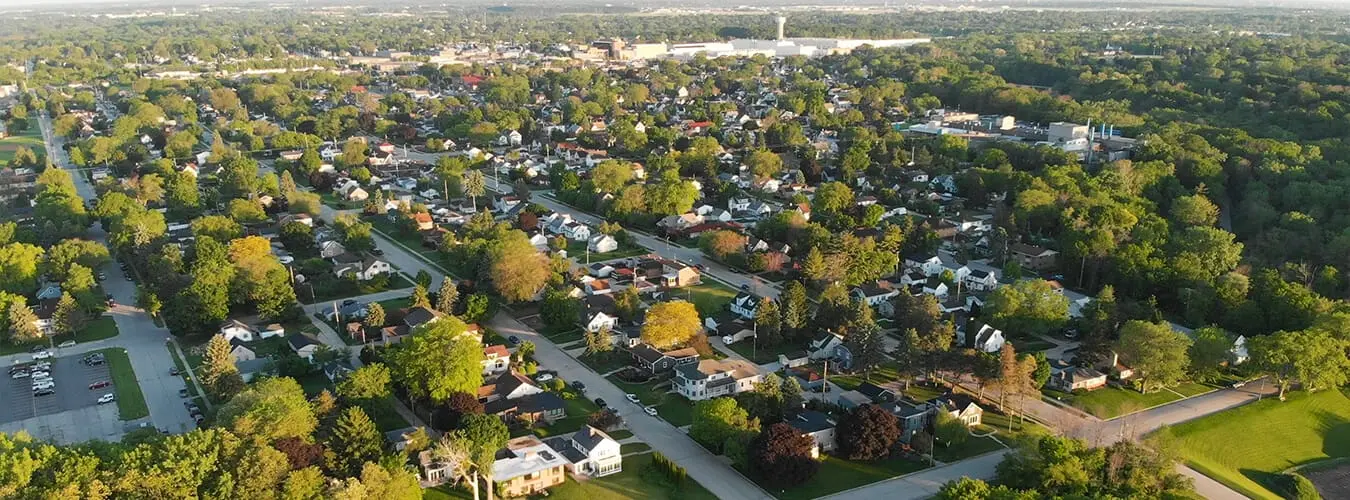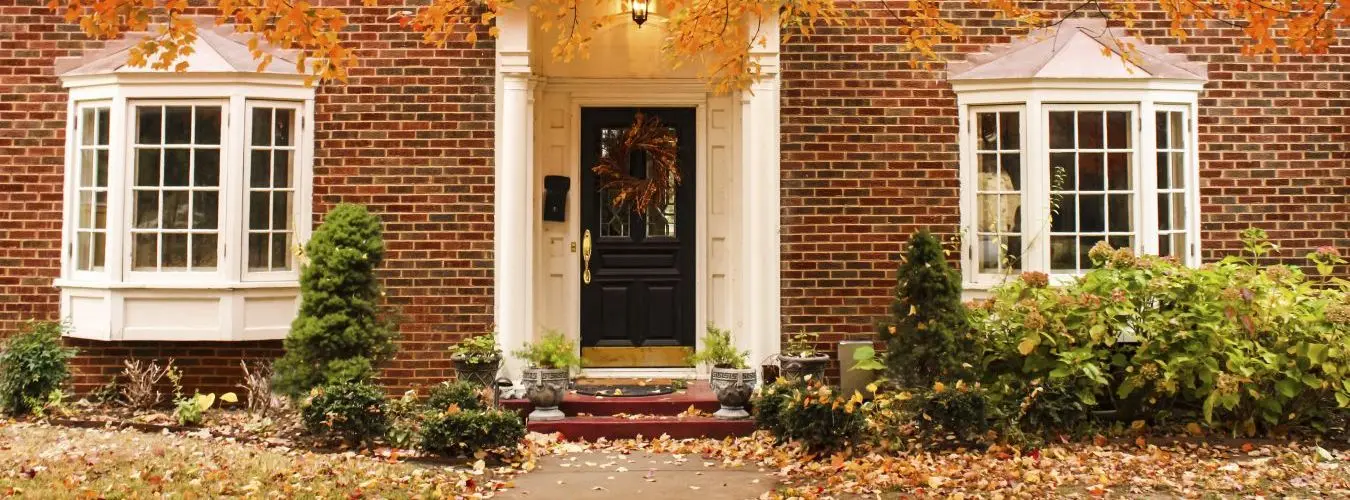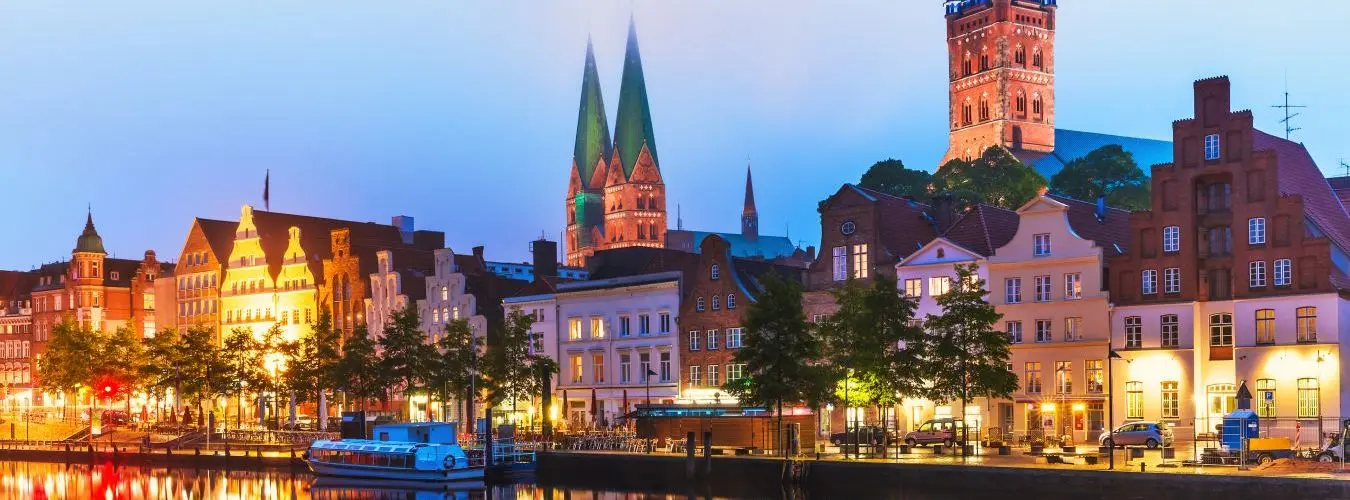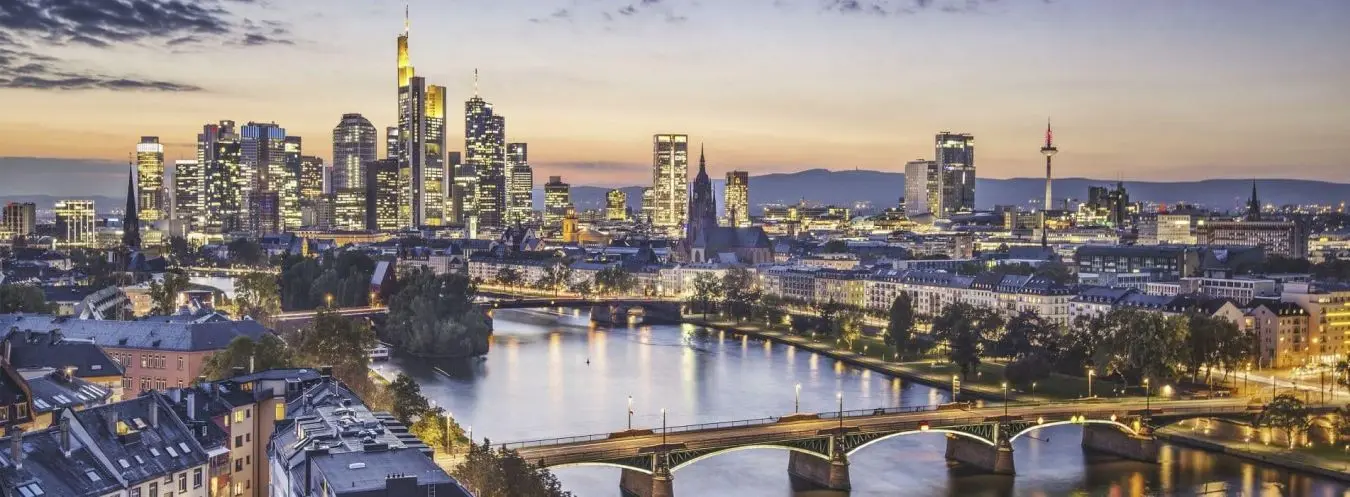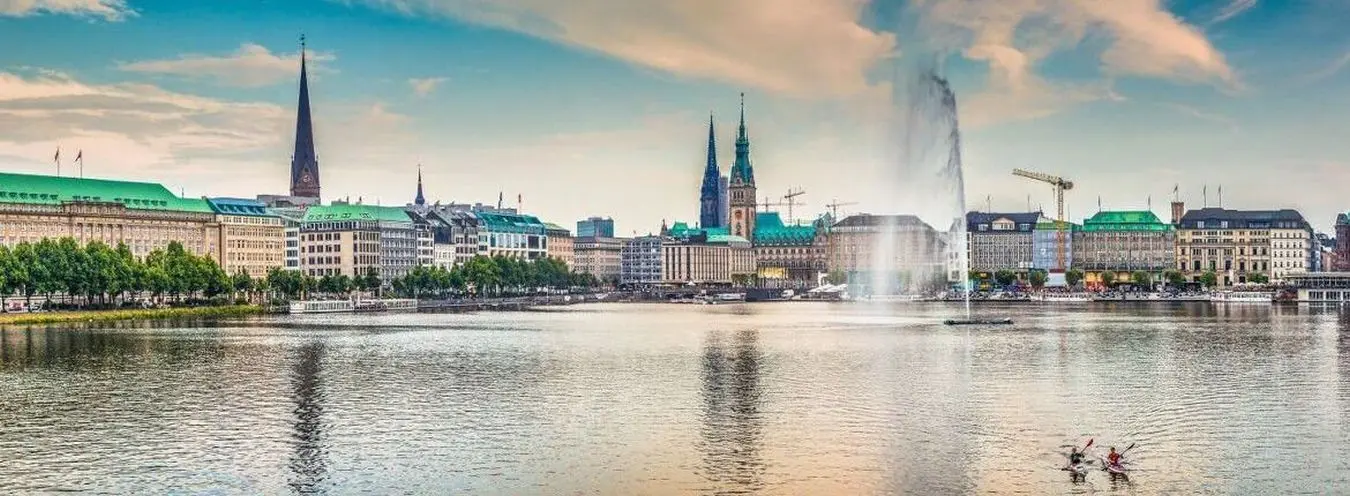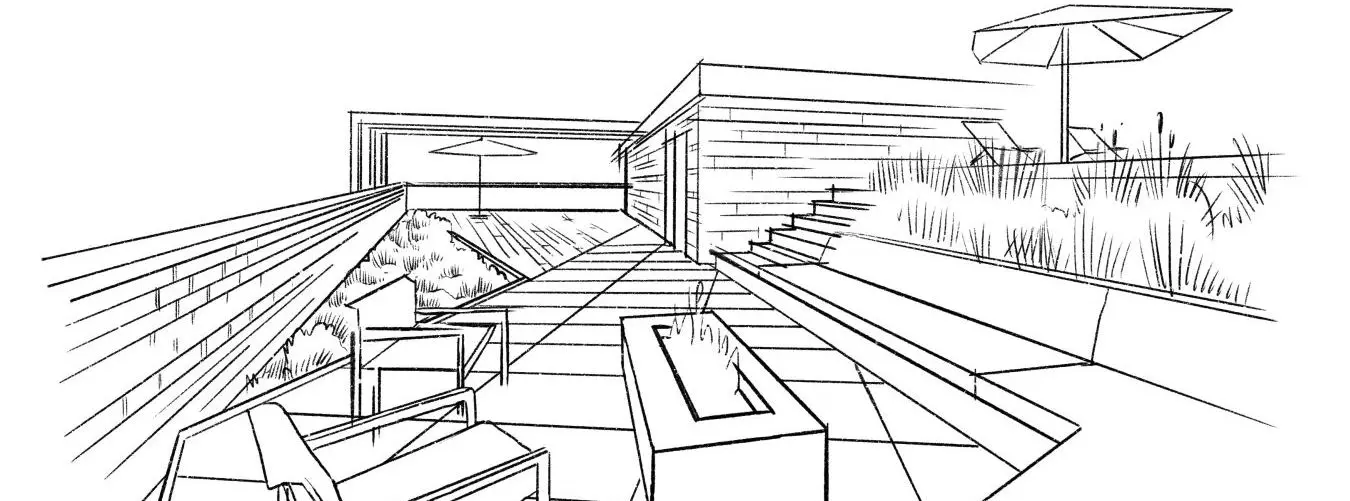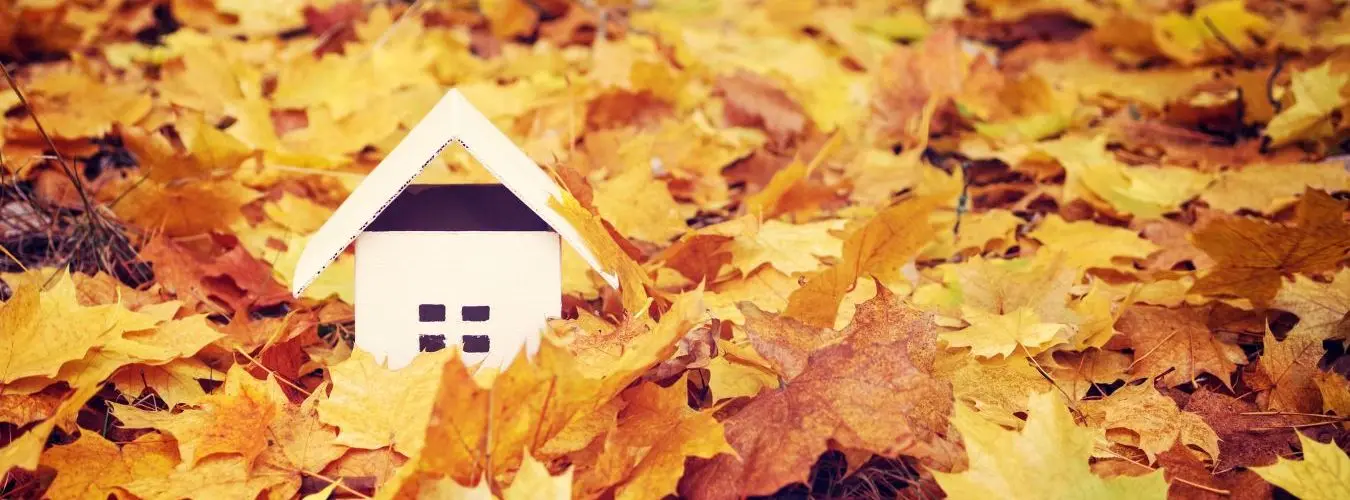The term "sustainability" can be found in many areas of life today. This makes it all the more important to grasp the meaning in concrete terms in each case. In our series of articles on the subject, we have already explained for you what is important in sustainable building and what sustainable real estate in detail.
In this article, we will now explore for you the question of what a sustainable garden is. You will see: As a sustainable hobby gardener, you have many opportunities to make an important contribution to environmental protection.
What awaits you in this article:
- You will get 10 comprehensive tips on how to make your garden sustainable.
- You'll learn about the benefits of sustainable garden design.
- You'll learn how to increase biodiversity and why it's important.
- You'll gain insight into permaculture gardening.

Our 10 tips for sustainable gardening
Every garden is different and offers different options when it comes to sustainability. It is therefore crucial to first get an overview and approach the topic step by step. Topics such as cultivation, use of resources and choice of materials have particularly promising potential. The following tips are therefore not a "catalog of duties" - rather, they are intended to give you ideas about what all is possible if you want to garden in an environmentally friendly way in the long term.
With these 10 steps you will become a sustainable gardener:
- 1. Tip: Use rainwater.Clever water saving is relatively simple for amateur gardeners. With special rainwater flaps, you can direct the natural resource "rainwater" from the gutter into a barrel and use it for garden irrigation. If you want to store even more quantities of rainwater, you can use a cistern for this purpose. Here you can get tips on buying and choosing materials for these collection containers, which are usually underground.In general, it is best to handle the resource of water as carefully and sensitively as possible. The best time to water is in the summer, for example, in the morning before sunrise. Or rely on mulching: This keeps moisture in the soil better and you save watering water. You can also save water with automated irrigation systems, especially in larger gardens, as the greenery is only watered according to specific needs. In our Smart Gardening article you can learn more.
- 2. Tip: Create a natural swimming pond.Speaking of water: a trend that is still quite young, but is gaining more and more momentum, are natural swimming ponds. These combine the aspects of a swimming pool with those of a natural pond. While part of the pool area is intended for swimming and (in the case of children) splashing, there is also a spatially separated area for biological regeneration. In it, the purification and clarification of the water takes place by itself thanks to selected aquatic plants such as zoo and phytoplankton. To ensure that there is a constant exchange of water between the two areas, a semi-permeable partition wall made of larch canthus is often used. Natural swimming ponds are visually alone a real ornament and also offer animals such as dragonflies and frogs a protected habitat.
- 3. Tip: Grow fruit and vegetables yourself.No question: if you are a self-supporter, you act sustainably. In Germany, you can grow many delicious fruits and vegetables in your own garden and thus reduce their supermarket purchases. Examples of vegetables that thrive in our country are pick lettuce, carrots, pumpkins, potatoes, tomatoes, cucumbers, cauliflower, kohlrabi, chard, onions and savoy cabbage. In terms of fruit, the selection ranges from numerous berry varieties, apples and pears to quinces and mirabelles. On the net, there are practical garden calendars for this, with whose help you can sow and harvest seasonally.
- 4. Tip: Use manual labor.Use hand shears for trimming smaller hedges and plants and do without short-lived battery and plastic devices. You can save electricity every time you do without electrical appliances. Why not also try mowing your lawn with a scythe, for example? In addition, form communities of interest with your neighbors and collectively create larger - less frequently needed - equipment. Sharing resources (new German: "Sharing") is usually one of the simplest forms of sustainable action.
- 5. Tip: Compost soil.The classic sustainability initiative for your garden. Pre-dried lawn clippings, shredded tree trimmings, leaves, selected fruit and certain vegetable scraps - you can throw all this on a compost pile and use it for fertilizing after decomposition.Fertilizing without chemicals should be a matter of course for environmentally conscious amateur gardeners anyway. Compost and native, organic fertilizers always form the better alternative for healthy and responsible cultivation. Here you can get even more tips on proper composting.
- 6. Tip: Avoid plastic.When buying plants, make sure to use clay pots or wicker planters. For those who dream of plastic-free flower pots that still have the flexibility typical of plastic, we have good news: biodegradable flower pots are now available on the net, which decompose naturally over time after planting, without leaving environmentally harmful substances in the soil.
- 7. Tip: buy regionally.Sustainable gardening in climate change - this means above all that garden products should not travel long distances in logistics. Buy best from horticultural businesses in your region to avoid CO2 emissions. Thus you support not least the regional suppliers of your confidence.
- 8. Tip: environmentally friendly furniture.In the meantime, there are also high-quality designer pieces of garden furniture made of recycled material. The trend of "recycled furniture" or "upcycling furniture" has been gaining momentum for several years, with brands such as reditum, Elementry, Lockengelöt or Piet Hein Eek you can find real eye-catcher furniture for outdoors and indoors.If you prefer a wooden look, you should at least make sure not to use tropical woods such as teak, which reaches our climes only after many kilometers. Finally, equally chic garden furniture is also available from domestic wood species such as larch, sweet chestnut, oak or Douglas fir.
- 9. Tip: garden close to nature.Let wild growth quite consciously. With a near-natural garden, you offer numerous beneficial insects and small animals a natural habitat and shelter. An extremely useful pest control, by the way, is to attract songbirds via nesting boxes. The birds then exterminate the pests and you have as a garden owner even longer something from your home green.With an "insect hotel" you can additionally make an important contribution to provide shelter for industrious pollinators such as wild bees. Here you can learn more about the so-called "nesting aids".
- 10. Tip: gardening at home.Even if you could give your plants in the garden that little extra: Exotic varieties usually require more care and resources to thrive in our latitudes. If you want to create your garden sustainably and strengthen the local ecosystem, therefore, rather rely on native plants, whose care is usually easier. Additional tip: For this, many federal states offer info on the respective native species.

Sustainable gardening: practical benefits for yourself
When you embrace environmental sustainability in your own garden, it's not just nature that gets its money's worth. You yourself also benefit from tangible advantages.
For example, you save the cost of pesticides and chemical fertilizers, which often contain nitrogen, phosphorus and potassium and are therefore harmful to the environment. You also save money if you use rainwater sustainably in the garden, because you need less tap water for irrigation.
Furthermore, with a "wild" natural garden, which on top of that gives insects and other small animals a natural habitat, you also have noticeably less work overall. What's more, if you opt for sustainable gardening, you yourself create the best conditions for having something from your garden for as long as possible.

Biodiversity in the garden: important benefits for the environment
As a sustainable gardener, you can also make another important contribution: you promote the diversity of animal and plant species, known as "biodiversity". Moreover, this applies to the richness of variants within one and the same species. The latter represents an indication of successful adaptation to the environment and thus of a strong and intact ecosystem.
But since the earth's climatic conditions are changing at a rapid pace, it is precisely this adaptation that is hampered; in some cases, nature can no longer "keep pace," so to speak. The consequences: The biodiversity of microbacteria, plants and animals is declining, and in some cases even entire species are disappearing.
Functioning ecosystems, however, form an important basis of life for us humans in the cycle of nature. Clean drinking water, fertile soils for agriculture, insect pollination of crops, active plant ingredients in medicines - all this can only function if there is sufficient biodiversity. But the good thing is: you can make a start in your garden.
With these tips you promote biodiversity in your garden in particular:
- - Refrain from using pesticides when controlling pests - you are protecting other important organisms.
- - When controlling weeds, loosen the soil and weed out the regrowing weeds.
- - By weeding you can also do without chemicals here and thus preserve the soil life.
- - Create habitats for beneficial insects in the form of nesting aids or insect hotels - you thus promote the preservation of your species.
- - Use organic fertilizers or. Organic fertilizers - you thus contribute to the diversity in soil life.
- - Leave certain places in your garden like something "messy" by leaving leaves or withered perennials - this increases the chance that new wild plants or animals settle with you.

What's behind the term "permaculture garden"
When it comes to sustainable gardening, you also often come across the term "permaculture." According to PIA, the Permaculture Academy in the Alpine region, the definition for it is as follows:
Permaculture (permanent agriculture) is the conscious design and maintenance of agriculturally productive ecosystems that exhibit the diversity, permanence and self-regulating capacity of natural ecosystems.
Keyword "ecosystem": this refers to exemplary self-regulating ecosystems such as rainforests, wetlands and floodplains. The goal of permaculture is complete self-sufficiency through self-cultivated food. According to the motto: There is always (permanently) something to harvest. As an indispensable prerequisite for success is the respectful use of natural resources, which includes, for example, composting and recycling, the prudent use of energy and water or the targeted use of modern smart gardening technologies.
Conclusion: A sustainable garden brings something to everyone. The environment, the animal species and of course you as a garden owner yourself. The options are many and range from composting to recycling to rainwater harvesting systems. If you're wondering how much sustainability is possible in your garden, it's best to talk to a professional gardener or landscape designer and get individual advice.
Contact us anytime via our contact form or by telephone via +49 69 26 91 57-0 - or simply look around directly in our property search for properties in your area.
